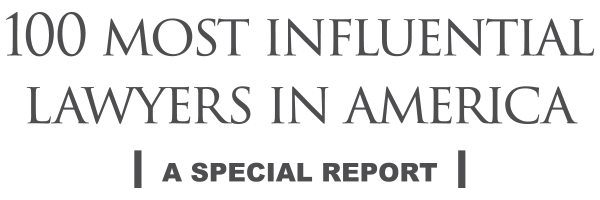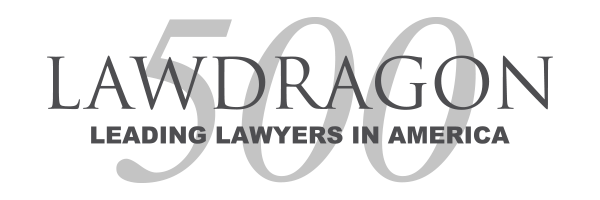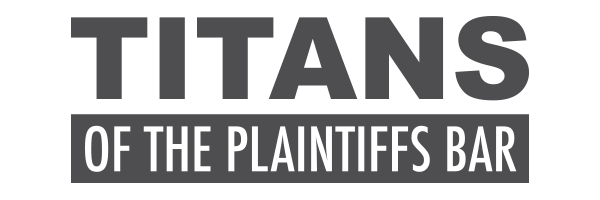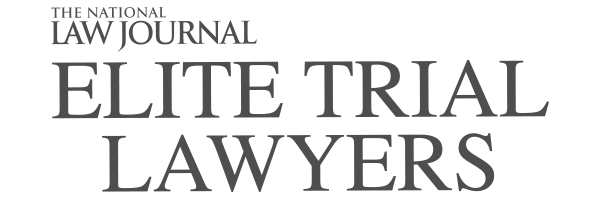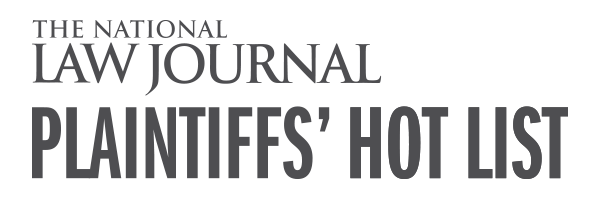As a settlement inches closer in Hagens Berman's NCAA name, image and likeness litigation and payment cases, In re College Athlete NIL Litigation, objectors have attempted to insert their way into the litigation. We are confident their efforts will be overruled, yet believe it is important to put objections in context and respond to misleading and false claims.
Objectors’ Claim: “Settlement recovers pennies on the dollar for college athletes”
Reply: This claim is demonstrably false and dangerously misleading. One of the countries’ leading sports economists confirms that the recovery is a high percentage of potential damages.
The claim that the settlement recovers pennies on the dollar for college athletes is demonstrably false and dangerously misleading. Sound economic analysis from one of the countries’ leading sports economists, Dr. Daniel Rascher, who has been testifying in cases challenging NCAA compensation rules for decades, confirms that the recovery is a high percentage of potential damages. In fact, the settlement before the court provides close to $2.6 billion in past damages to college athletes—one of the largest antitrust damages recoveries in history.
The Colorado Objectors argume that this is not a good recovery by relying on an expert, Mr. George Tatos, who makes wild damages estimates that have no basis in valid economics and are demonstrably wrong. He cavalierly estimates that a claim for athlete-services damages is worth over $24 billion, but that estimate is deeply flawed. As Dr. Rascher explains, Tatos includes several revenue categories that are not attributable to the performance of athletes (as broadcast, sponsorship and ticket earnings are), but are instead generated by the schools from their general operations (e.g., tuition, student fees and alumni contributions). No valid economic theory supports the conclusion that athletes would be compensated for these general operational revenues in the absence of the NCAA’s restraints. Indeed, the institutional support revenue category—which is no different from the institutional support that schools provide to the English department or a chess club—accounts for tens of billions of dollars of the difference between Mr. Tatos’s and Dr. Rascher’s revenue estimates.
Mr. Tatos further compounds his errors and inflates the calculation of a potential damages recovery by valuing GIA-scholarship benefits for athletes at only 39% of their “sticker price,” in part justified by a wild guess at the percentage of classes that athletes miss. He then doubles-down on that mistake with claims regarding how that speculative percentage and other claims lead to his ability to calculate the percentage value of college education to college athletes.
Objectors’ Claim: “Settlement achieves inadequate injunctive relief”
Reply: Due to the new benefits obtained by the settlement, it is likely that in the future Division I athletes will receive compensation equal to 51% of relevant Division I revenues. meaning college athletes will earn the same percentage of revenues as professional athletes in the NFL, NBA and other professional leagues.
The claim that the settlement achieves inadequate injunctive relief is likewise refuted by that fact that because of new benefits obtained by the settlement, it is likely that in the future Division I athletes will receive compensation equal to 51% of relevant Division I revenues. This means college athletes will earn the same percentage of revenues as professional athletes in the NFL, NBA and other professional leagues. Plaintiffs have estimated that new funds available for schools to spend on college athletes will start at more than $20 million per school in the 2025-26 school year and grow to $32.9 million per school in 2034-35. Just looking at Power Five Schools, that would allow for additional spending of up to $1.6 billion for 2025-26, growing to $2.3 billion in 2034-35, and totaling a remarkable $19.4 billion for the 10-year period of the injunctive settlement term. If non-Power Five Division I schools spend just three percent as much as Power Five schools on direct compensation, that could result in billions more being paid to college athletes over the next 10 years.
Objectors’ Claim: “[We] are the first and only plaintiffs expressing a real interest in litigating antitrust claims for athletes’ services”
Reply: Class Counsel first brought claims in this District in 2014 in the Alston litigation.
The claim of conflicts is false and belied by the declaration of the one of the nation’s most esteemed mediators who attests that the negotiations for injunctive relief and each damages class were scrupulously separated so that there was no conflict of interest and no sacrifice of one class’s interest for another’s. The Colorado Objectors absurdly claim in support of their objections that they are the first and only plaintiffs expressing a real interest in litigating antitrust claims for athletes’ services. In fact, Class Counsel first brought those claims in this District in 2014 in the Alston litigation. The Colorado Objectors, by contrast, did not bring any claim on behalf of college athletes until nine years later—in December 2023—after this court certified the classes in House. They also falsely state repeatedly that the House settlement involves one lump sum, when in fact there is a specific $1.976 billion fund for settlement of the NIL damages claims and a separate $600 million fund for settlement of the athlete-services and scholarship compensation claims, and each fund has a separate allocation method.
Objectors’ Claim: “third-graders are improperly bound”
Reply: This claim is false and contrary to the terms of the settlement.
The claim that third-graders are improperly bound is false and contrary to the terms of the settlement that make it crystal clear that there is no release of any antitrust damages claims for any athletes who first play for a Division I team after Sept. 15, 2024. Additionally ignored by the objectors is the fact that each year during the term of the injunctive relief settlement, incoming college athletes will receive notice of the provisions of the settlement and have the right to file written objections to a continuation of the settlement.
Objectors’ Claim: “Settlement provides inadequate relief for challenges to the NCAA’s scholarship limitations”
Reply: Objectors wrongfully contend that damages claims were released without compensation.
The claim that the settlement provides inadequate relief for challenges to the NCAA’s scholarship limitations is based on the Colorado Objectors’ slapped-together complaint filed in the week following plaintiffs’ motion for settlement approval. They wrongfully contend that damages claims were released without compensation, and they completely ignore that the settlement actually eliminates all of the NCAA’s scholarship limitations.
The Colorado Objectors also fail explain why the challenges to the scholarships limits have been dormant for years, and relatedly provide no explanation of how they will get a partial-scholarship class claim certified, i.e., how they will model antitrust impact and damages on a class-wide basis. This is a glaring omission given the history of litigation in this area. The NCAA has prevailed in three prior class actions challenging the NCAA’s scholarship limits. Plaintiffs’ counsel first challenged NCAA scholarship limits in 2004 in In re NCAA I-A Walk-On Football Players Litigation. In that case, brought by Hagens Berman, the court denied certification of a class of walk-on football players at Division I schools who sought to challenge the NCAA’s scholarships limits. See In re NCAA I-A Walk-On Football Players Litigation, 2006 WL 1207915, at *1, *3, *15 (W.D. Wash. May 3, 2006).
Another case, Agnew v. NCAA, 683 F.3d 328, 333 (7th Cir. 2012), did not survive the pleading stage, and most recently, in Rock v. NCAA—yet another case plaintiffs’ counsel led—class certification was denied to a class of athletes challenging limits on the number and duration of athletic scholarships. Rock v. NCAA, 2016 WL 1270087 at *14 (S.D. Ind. Mar. 31, 2016). The Colorado Objectors also contend that these claims have a value of $300 million, which is unsupported by any valid economic model and lacks any consideration of the above risks in these cases.
Objectors’ Claim: “Settlement releases future antitrust damages claims”
Reply: It does not.
Contrary to several misrepresentations about the settlement by objectors, it is also important to clarify the following: Objectors claim the settlement releases future antitrust damages claims—it does not. They claim the settlement releases Fair Labor Standards Act and other labor law claims—it does not. They claim the Settlement releases claims in the ongoing litigation against the Ivy League’s scholarship rule—it does not. And they claim that the settlement releases gender discrimination and Title IX claims—it does not.
